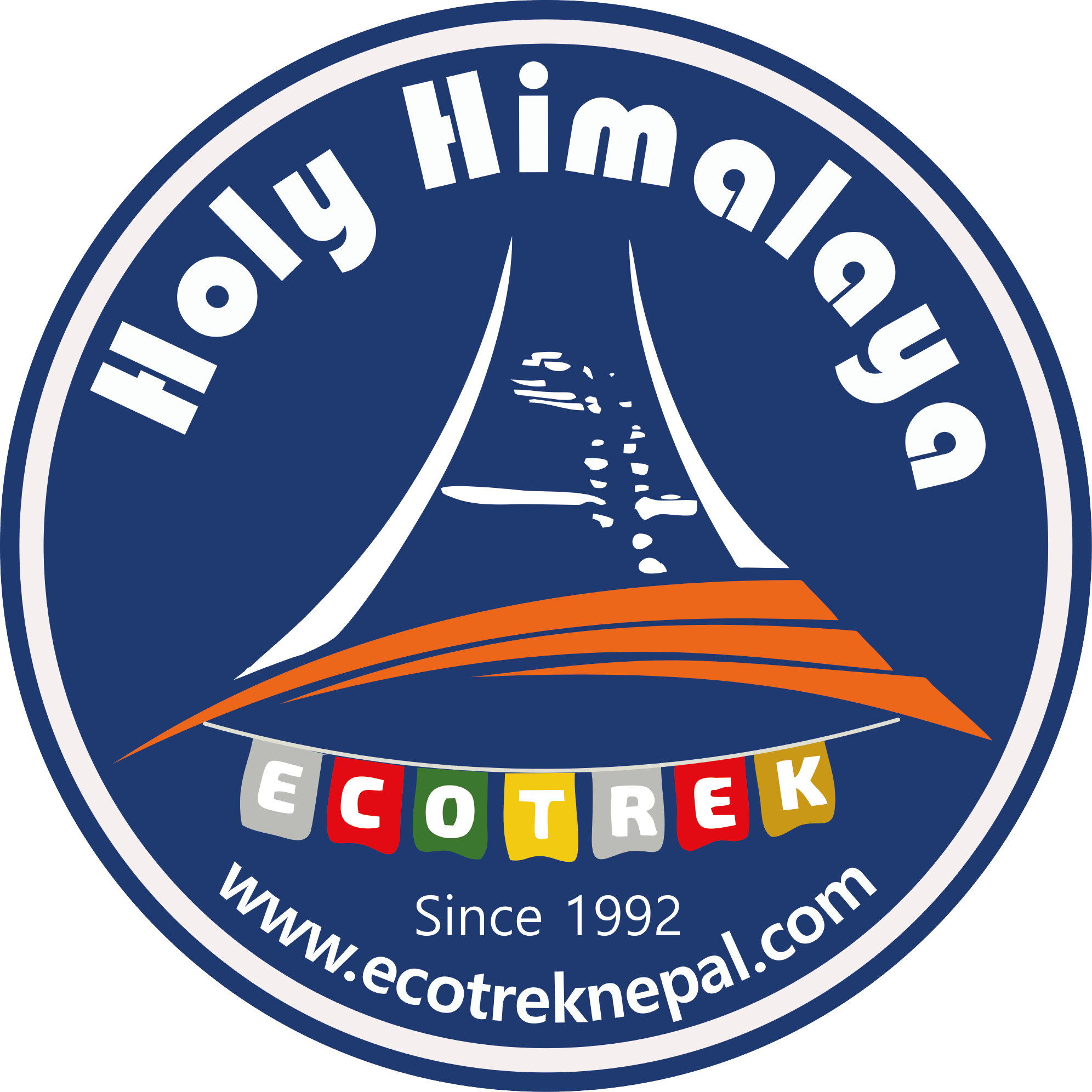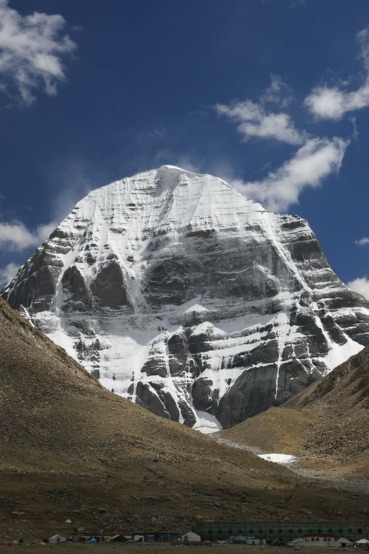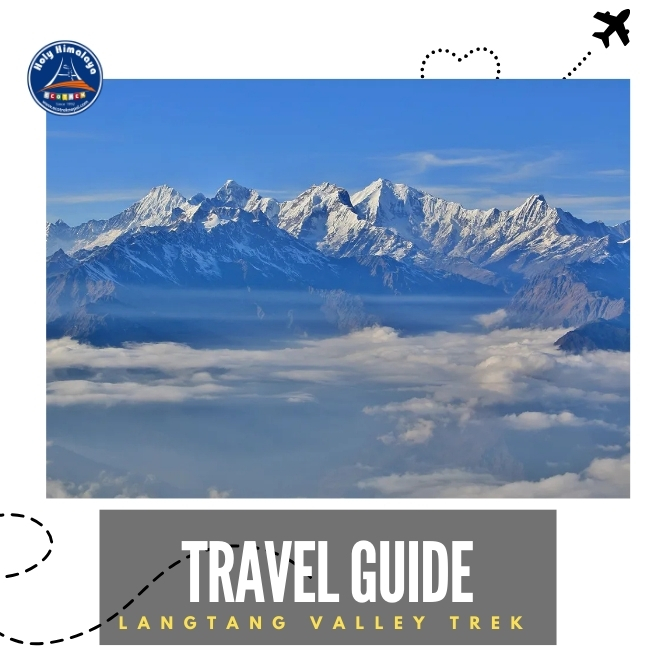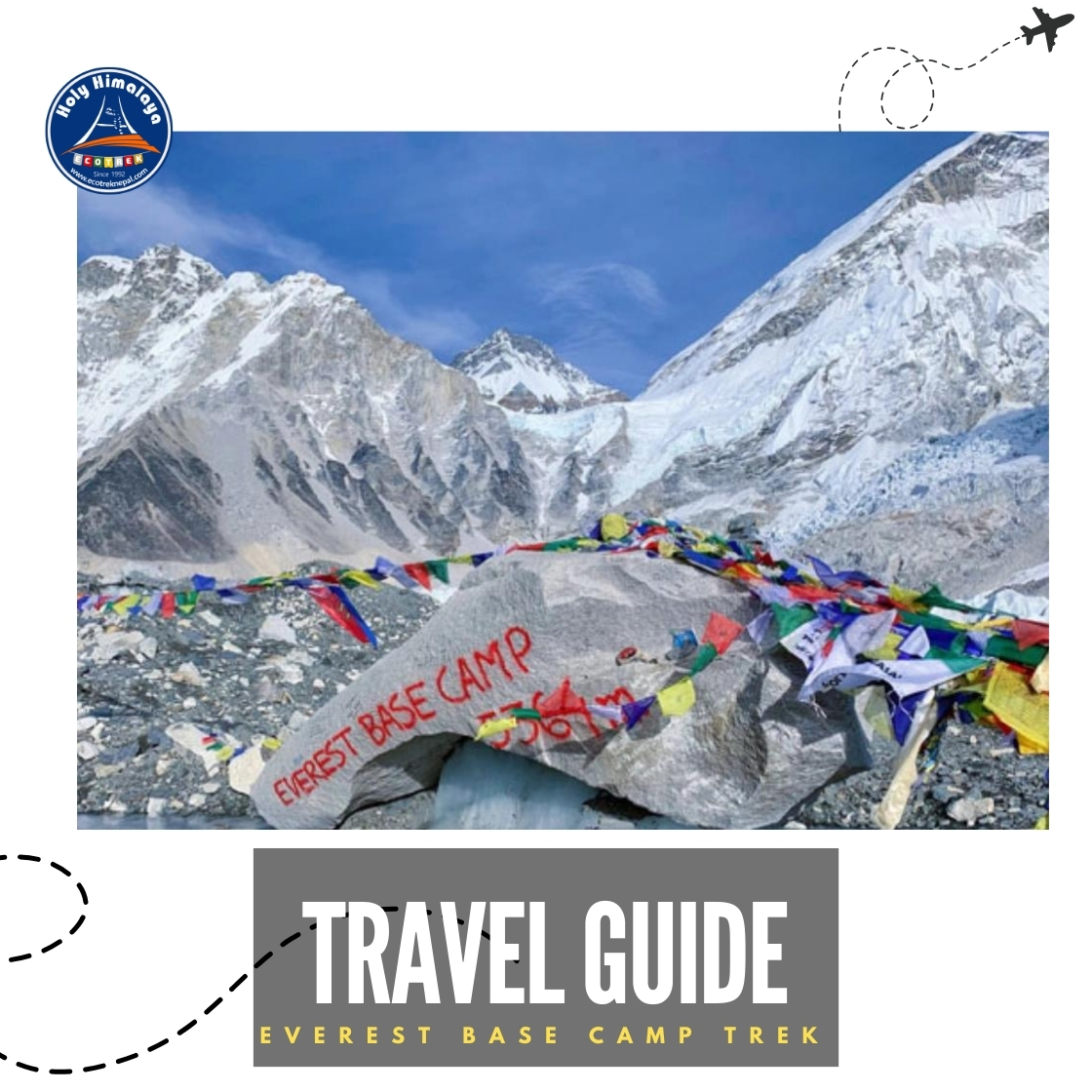A trek to Langtang Valley, which is 137 kilometers north of Kathmandu, allows you to experience the rich wildlife, culture, and natural beauty of Nepal. One of the most famous treks in Nepal, the Langtang Trek takes trekkers through the Langtang National Park into the sights of immense scenery and varied flora and fauna. The Langtang Valley Trek epitomizes the varied landscape upward—a mix of banana jungles, farmlands, glacial lakes, and icy peaks.
During the Langtang Trek, one has the privilege to be surrounded by the most dazzling views of high peaks like Langtang Lirung (7,234 m), Dorje Lakpa (6,966 m), and Changbu (6,781 m). For those who want more adventure, there can be optional climbs around Kyanjin Ri or Cherko Ri for further panoramic views of these peaks.
The trekking route also cuts across Langtang National Park, which is a home for some rare wild animals like the red pandas, snow leopards, and musk deer. These varieties of species make Langtang Valley Trek exciting, aside from other species such as Himalayan tahr and goral.
The cultural attractions of the Langtang Trek include traditional villages, monasteries, and a visit to Kyanjin Gompa, one of the most spiritually important monasteries. Although relatively short, the trek includes most of the diverse experiences that one could hope for in nature and culture. A particular attraction and highlight of the tour is the hike up Kyanjin Ri at 4,773 meters, offering one of the highest and most rewarding viewpoints along the trek.

Trip Information
Best Season
The Langtang Trek can be done almost all year round, but spring (March to May) and autumn (September to November) are known as the best times due to the clear weather, blue sky, and temperature that remains at moderate. Optimum scenery with snow-capped peaks and vibrant landscapes can be viewed during this time. Spring brings the beauty of rhododendrons in bloom, while autumn has crisp, clear weather that is perfect for photography and trekking.
While possible, monsoon and winter treks are more challenging. The monsoon season sees heavy rain that frequently causes landslides and slippery trails, while the valleys are well-irrigated and there are fewer trekkers on the trails. Winter treks are similarly quiet, with snow giving added dimensions to the landscapes; however, the temperature can be extreme, and high passes may be shut by snow.
For both the monsoon and winter treks, one needs to be very prepared as conditions may worsen all of a sudden. For safe and enjoyable treks in these seasons, waterproof gear, warm clothes, and proper acclimatization become highly essential. Yet, in such disagreeable times, the solitude of trekking in these off-seasons offers the chance to experience Langtang in its more tranquil environment.

Elevation and Distance
The Langtang Valley Trek begins at Syabrubesi, which is 2,830 meters high, and goes as high as Kyanjin Ri at its top, 4,773 meters high. During this trek, you will ascend and descend a total of 3,925 meters, making the route rather excitingly challenging. Between Syabrubesi and Kyanjin Ri lie roughly 77 kilometers of varied terrain, ranging from lush forests to high alpine meadows.
The beautiful drive from Kathmandu to Syabrubesi is also part of this trek, and it covers a distance of 145 kilometers. It's a drive with great views of the countryside, giving you an inkling into the natural beauties that lie ahead on the trail. The Langtang Valley Trek, with its combination of distance, elevation gain, and scenic diversity, thus offers a broad experience of uphill struggles and breathtakingly beautiful landscapes.

Difficulty and altitude sickness
Altitude sickness is one possibility on the Langtang Trek, as it goes up as high as 4,773 meters at Kyanjin Ri. These heights make a prospect of acute mountain sickness (AMS) and other symptoms such as headaches, nausea, dizziness, and fatigue among trekkers. The symptoms occur simply because of lower levels of oxygen while rapidly ascending upward.
Precautions are necessary to reduce the chances of altitude sickness. Proper hydration is needed, as a well-hydrated body can acclimatize itself to the altitude. Proper acclimatization by staying at certain elevations for extra time helps prevent AMS from setting in. By taking regular rest days, your body gets the time to acclimatize, hence reducing complications.
Meditation and breathing exercises can also help in calming the mind and dealing with physical stress resulting from trekking at high altitudes. These can improve your mental focus and raise the level of overall endurance during a trek. You can enjoy the breathtaking scenery of Langtang Valley with ease if you are well prepared for altitude adjustment and walk accordingly.

Maximum and minimum walk
Langtang Valley Trek is an immersive one for trekkers, and a day of trekking generally consists of 5 to 6 hours. A distance of 10 to 14 kilometers could be covered by trekkers every day, hence making the trek quite accessible and rewarding to a range of fitness levels.
The longest walk for trekkers is on the day one has to trek 6 hours from Lama Hotel to reach Langtang Village. This part of the trek is very rewarding because it takes you through verdant forests and beautiful waterfalls, after which it shows stunning views of the Langtang range. Reaching the heart of the valley, Langtang Village, is one of the highest points during the trek.
Contrarily, one gets to have an easy pace as trekkers start descending back to Syabrubesi from Lama Hotel. The shorter day, being about four and a half hours, offers a chance for trekkers to evaluate the journey in their minds as they keep in consideration the scenic beauty around them. This gradual descent is a nice way to end the trek, allowing one ample time to enjoy the last moments in the beautiful Langtang Valley before returning to the busy life of Kathmandu.

Accommodation
Accommodations are available through local tea houses and lodges during the Langtang Trek, a mixture of comfort with cultural immersion. Although lodgings are very basic, they will be comfortable. Many of them have twin or dormitory-style bedrooms that will be a welcome place to rest after a full day of hiking.
Lower-elevation tea houses often boast shared bathrooms with western-style toilets. Most try to make this an easy option for trekkers. The higher the altitude that is reached by the trekkers, the more basic the facilities for accommodation become. In most places, there are bathrooms in the style of an eastern squat toilet. For this type of toilet style, trekkers should also be ready for water jugs used as alternatives to toilet paper.
Before and after the trek, Kathmandu will be providing a more luxurious experience for trekkers when they are staying at tourist-standard hotels. This will have some of the modern amenities, such as Wi-Fi and charging ports, so one can remain in contact and not lose their photos due to dead batteries.

Foods and drinks
During the Langtang Trek, the trekkers are given three meals that provide good nutrition for the hiking throughout the trip: breakfast, lunch, and dinner.
Teahouses along the routes offer a range of basic Western and Nepali meals, including nourishing ones. The usual staple eaten is called Dal Bhat, made of rice with lentil soup that provides essential nutrients and energy. Other common food items include chapati, or unleavened flatbread, eggs, pancakes, noodles, and fried rice to suit each palate.
Beverages include black tea, coffee, and masala chiya, or spiced tea, but prices rise with altitude. Specialty dishes mentioned are yak cheese, sukuti, or dried meat, and buckthorn juice that will be tasteful, not less important for perceiving the whole flavor of a region and local culture, making the whole trek pleasant and memorable.

Can a beginner join this trip?
The Langtang Valley Trek is a moderately demanding trek, perfect for beginner trekkers who are well prepared and in good physical shape. Generally, trekkers walk 5-6 hours daily through different altitudes and varied terrain. The highest altitude of this trek is Tsergo Ri, at 4,984 meters above sea level; thus, beginner trekkers need to be well acclimatized to avoid altitude sickness.
It is highly recommended that a beginner intended for this trek start training by including regular cardiovascular activities into their routine, such as jogging, cycling, or even swimming. This will build up endurance and help them with overall stamina during the trek. They can also practice shorter hikes that will help build strength and comfort with walking over long periods of time. In fact, this kind of sport preparedness in advance will greatly enhance a trekker's experience and ability to conquer the challenges of Langtang Valley.
Furthermore, it is equally important that a beginner is equally well prepared with the right trekking equipment. These include strong and comfortable hiking boots, layers of clothing due to unpredictable weather conditions, and a trustworthy rucksack. For trekkers, the personal things they are expected to carry involve water bottles, snacks, and a first-aid kit.
Thus, appropriate preparation for the Langtang Valley Trek will offer the opportunity for a beginner to enjoy the outstanding views and culturally enriching experiences throughout this amazing journey.

Gadgets charging and Internet
Langtang Trek is one of the awesomely famous destinations amongst the visitors and nature lovers. It offers basic connecting and communication facilities for your trek. Almost all the guesthouses on this trek have access to electricity, although it depends upon the tea house or lodge chosen to be used.
Charging of the electronic gadgets is free at lower heights, but guesthouses en route charge for charging these appliances. The prices differ from one location to another, and they go up to a charge of NPR 100-300 for charging phones, cameras, and other various batteries.
It should, however, be noted that the Langtang Valley sometimes has unstable internet connectivity because of the remote and high-altitude conditions. Some of the tea houses and lodges do provide internet services as well, but at extra cost, which ranges from NPR 300 to USD 400, depending upon the place and the quality of connection.
For reliable communication, local SIM cards work fine during the Langtang Trek, since the coverage is pretty good throughout the route of trekking. Moreover, most tea houses and lodges have satellite phones available to their guests, thereby allowing them to stay in touch, especially in case of an emergency.

Trekking Permit
In order to access certain areas of Langtang National Park, permits are required for the trek. The detailed information regarding all the main permits needed for the Langtang Trek is as follows:
TIMS Card
The trekkers' information management systems are compulsory for every trekker in the Langtang area. The Green TIMS card is given to individual trekkers, which costs USD 10, whereas the Blue TIMS card is given to people who trek with organized groups and costs USD 20. Both are available without much hassle from the prescribed offices in Pokhara and Kathmandu.
The Langtang National Park Entry Permit
This is required for access to the Langtang National Park. For foreigners, the cost is approximately USD 30.00 per person. It can be obtained at an entry checkpoint in Dhunche or alternatively at Syabrubesi, where the trek begins.
Restricted Area Permit
This permit is required if you will proceed further from the normal checkpoints to any restricted areas, such as going over the Ganja La Pass or the Tserko Ri Pass. You normally receive this permit through a travel agency.
Documents Required for Permits:
TIMS Card: photocopy of passport, two passport-sized photos, trekking insurance, and one emergency contact number from your home country and one from Nepal.
For the Langtang National Park Entry Permit, your original passport, photocopy of your passport, and two passport-sized photos are required.
Regarding the Restricted Area Permit, the agency will help you obtain it with the package of the trekking program. Proper documentation for smooth trekking in the Langtang region is required.

Insurance
Preparing for the Langtang Trek involves not only physical conditioning but also ensuring that you have comprehensive travel insurance. The insurance gives one the safety net from unexpected occurrences when on the trek, thereby minimizing potential significant financial loss. Travel insurance features include trip cancellation or interruption due to bad weather conditions, personal emergency, or other sudden travel restrictions.
Apart from problems that might arise during the journey, travel insurance generally covers medical conditions. This becomes an important factor in trekking, where altitude sickness or accidents may render a trekker in some remote place to seek immediate medical care. This insurance will enable the performance of all the necessary medical treatments at the right time without having to give any thought to the high costs of emergency medical care.
Moreover, travel insurance protects lost or delayed baggage to make your personal belongings covered. In addition, if your luggage happens to disappear or become late, then for replacing the necessary stuff that you will need while waiting to see your luggage, your insurance policy can cover you. Essentially, for trekkers who are on the Langtang Trek, purchasing travel insurance is a good idea for peace of mind and monetary securities during your journey.

What to expect from this trip
The Langtang Trek is a spectacular combination of beautiful nature, rich culture, and adventurous challenges that every trekker adores. While trekking in this region, you can witness the spectacular views of the towering peaks like Langtang Lirung and Gainesh Himal and the beautiful and dense forests with green alpine meadows. The trek leads you to some of the small villages of Tamangs and Sherpas, who dominate this area with their culture and friendly nature.
You'll walk through it all—from meandering riverside trails to steep, energetic ascents that will have you breathing hard. The panorama from the highest point of the trek, Kyanjin Ri at 4,773 meters, will let you know why every step was worth it. Be prepared for changes in the weather; generally, spring and autumn provide the best conditions for trekking, although striking changes in temperature can occur at any time.
You will also visit old monasteries, see the practices of Buddhists, and experience the way locals live. Accommodation in tea houses is modest, affording time for rest and recuperation each night. Meals are wholesome local and Western fare, preparing you for the day's efforts. In sum, the Langtang Trek allows for an enriching experience with adventure, breathtaking scenery, and cultural richness.








